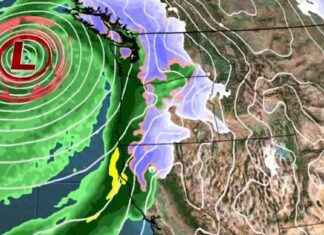Ornithologists have to spend great amounts of time in the field listening for bird calls and watching in order to complete surveys of bird populations in an area and there are some areas that are hard for a human to access because of difficult terrain. That’s where drones come in.
A new study by researchers at Gettysburg College found that drones outfitted with audio recorders could help scientists survey bird populations by gathering data where humans cannot travel and also serving to remove any human bias of the researchers in the field.
In the study, fishing line was used to attach and suspend an audio recorder 8 meters below a quadcopter. The drone took audio samples in the Pennsylvania Game Lands and then multiple researchers reviewed the recordings to decipher what species and how many were present. This data was compared to the findings of a field ornithologist who listened for calls from the ground.
“We counted birds at 51 locations using standard point counts (me counting birds for five minutes) and flew drones with recorders over the same locations on the same day,” said Andrew Wilson, lead researcher on the study. “We found that, for most species, counts obtained from recorders mounted on the UAV were very similar to those of a highly experienced field ornithologist.”
There were drawbacks to the drone. For one, the recordings lead to undercounting of mourning doves because their low frequency songs were Süperbetin drowned out by the sound of the drone itself. Also, one species, the gray catbird, was singing in such great densities that it was hard to count individual birds from the recording.
Improvements like building quieter drones could solve those problems and as well as building software that could automatically identify and count the individual bird songs.
The researchers don’t see this as a replacement for field study by humans, but a complement to it. They say field surveying is necessary for fully studying and understanding the birds and their habitats. Drones will help with that understanding.
Our editors found this article on this site using Google and regenerated it for our readers.








